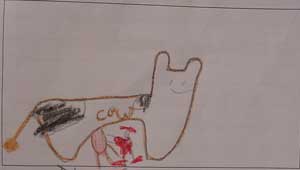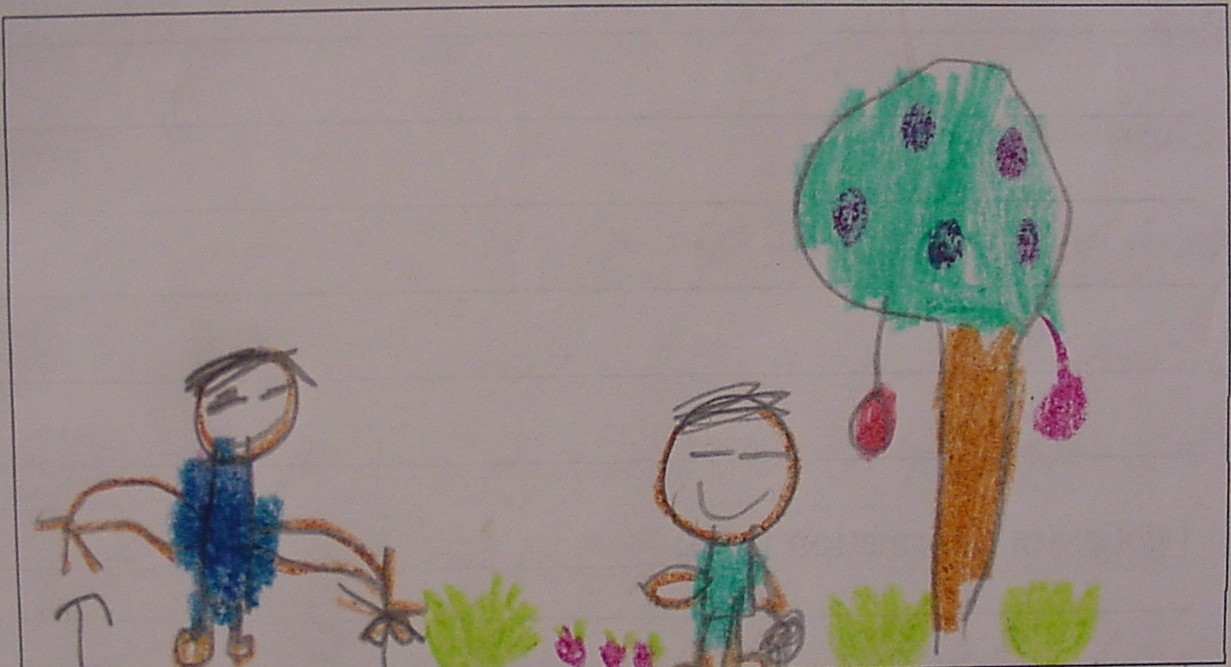by D. E.

The Swiss dairymen in the 1880's were responsible for
the increase in dairies at that time

The Swiss dairymen in the 1880's were responsible for
the increase in dairies at that time
Clothes
Women in the early 1900's wore long dresses,
blouses and skirts. Women wore their hair up. Girls wore short dresses
with black stockings and laced shoes. They wore knee length dresses as
swim suits with black shoes and stockings.
Men wore suits with straw hats and ties.
Working men wore vests, pocket watches, hats, overalls and denim. Their
swimsuits were one piece suits with shorts. High school boys wore suits
to school. Younger boys wore knee length shorts, stockings and black shoes.
In the 1920's women had short hair and calf
length dresses. Boys gave up ties and hats. In the 1950's dresses were
down to the knee and women wore pants also.
Before 1900 people used plant and animal
fibers for their clothes like leather, cotton, wool and silk. From 1900-1950,
catalog and store bought clothes were popular.
In the early 1900's rayon was invented.
Rayon was made of natural and synthetic materials. In 1935, nylon was developed.
Fabrics made with petrochemicals were cheaper, more stain resistant, water
repellant, and wrinkle resistant than natural fabrics. Moths and roaches
liked natural fibers better also.
Leaders
Santa Maria in 1922 had a small town government.
There was a police department, city council, high school board, and an
elementary school board. A few officers had special duties like being the
city engineer and superintendent of schools. In 1948, there was a library
board and a planning commission.
Festivities
In the 1920's and 30's, square dances at
schools were popular on Saturdays. Pine Grove School was a popular place
for dancing as well as the Orcutt Mercantile. Workers made money moonlighting
as fiddlers or playing in an orchestra.
Santa Maria, Lompoc, Guadalupe, Orcutt and
Santa Ynez had baseball teams. People liked to watch them play. Union Oil
had many teams and built the first baseball diamond in the area. Children
enjoyed watching the games.
People went to the rodeo when there was
not a baseball game on Sundays. Rick Ferini was a Swiss immigrant rancher.
He was one of the first rodeo organizers in California. His rodeo animals
were famous all over California. The local cowboys would compete. They
would round up the bucking horses and cattle for the rodeo. On the off
season some of the cowboys worked at Ferini's ranch.
Children liked skating, hiking, horsebak
riding, baseball, horseshoes, tops, marbles and the movies. The children
collected chalk from the hills for games. Cars were made of planks and
baby buggy wheels, steered by ropes and ridden down the hills for games.
Cables were attached to trees acroos a canyon for gondola rides. Boys went
to the poolroom. Girls baked. Both liked bird collections and listening
to the vitrola.
May Day was celebrated in the 1920's with
sack races, barbeques, Maypoles and fireworks. The boys and girls decorated
basquets of flowers. They hung the baskets on other people's doorways.
Labor day was celebrated with barbeques,
speeches, dances, baseball games, and rodeos. The Fourth of July celebration
included a trip to the beach andfireworks. On halooween the flagpole in
the middle of town was decorated with old tires from the service station.
On Christmas children would search the hills for a Monterey pine to decorate.
Immigrants
Many immigrants came to Santa Maria Valley.
Most were Eastern Americans and Europeans. The Japanese people came to
the valley at the beginning of the sugar beet industry. They hoed and thinned
the beet crops. They also set up irrigation, loaded, topped and piled the
beet crops. Japanese contractor immigrants worked between the Japanese
workers and the company officials. The Japanese were hard working young
men that came to California looking for greater achievement. The men began
studying the English language. The sugar beet company imported Japanese
food. Wrestling and fencing were their favotite things to do and they taught
the Americans how todo it. In a small amount of time, the Japanese had
farms and businesses of their own that were successful.
Giacomo Tognazzini in 1870 started a dairy
in the Santa Maria hills near Point Sal. It began to flourish in Guadalupe.
The Italian immigrants and the Swiss immigrants established farms in the
western part of the valley. The Swiss dairymen in the 1880's were responsible
for the increase in dairies at that time. Most of the dairy milkers were
young Italian or Swiss men. They shared techniques and made the dairy industry
better in the valley.
Immigrants from the Philippines came to
this area to find more opportunities. Act #854 provided Filipino students
in the United States education in 1903. Many stayed and encouraged more
Filipinos to immigrate and work for the agriculture business. In 1935 80%
of the asparagus crop labor was Filipino. The Filipinos returned to the
same job year after year. Lettuce and picking fruit was also done mostly
by Filipino workers. Like the Japanese, the Filipinos were hard working,
excellent workers that started businesses and farms of their own.

Japanese and Filipino agriculture business
Resources
Third Grade Santa Maria Curriculum Binder